It’s the end of the summer and as the days get shorter and temperatures drop, all the colorful leaves tend to drop as well. While raking these into piles on your yard can festive and fun, climbing ladders and putting on the old gloves to clean them from your eavestrough can be not only unpleasant but rather dangerous.
[one_half padding=”0 20px 0 0″]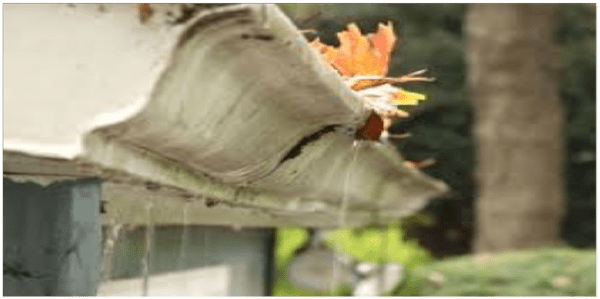 [/one_half][one_half_last]
[/one_half][one_half_last]
1 .Congestion and Overflow
When it comes to eavestrough, leaves are the main source of debris that can cause clogging and as a result it overflows. It is recommended that we clean them a few times a year especially towards the end of fall. A maintenance-free solution is to install an Alurex gutter screen which allows water to drain through while keeping debris out of the gutter itself and provides you with a peace of mind knowing your water management system is at peak performance.[/one_half_last]
[one_half padding=”0 20px 0 0″]
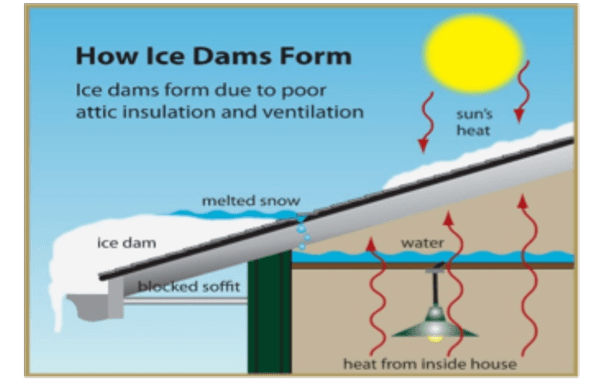
[/one_half][one_half_last]
2. Ice dams
Ice build-up in the winter that can potentially loosen the fasteners and tear it right off. Obviously this problem is more typical in the “the great white north” but, many people may not know the cause of this and hence never found a proper solution. When snow starts to melt off the roof, if the attic is not properly ventilated and insulated, it melts only where the combined heat from the sun and within the walls of your home is. When the water runs down to the eave or overhang, it freezes and starts an ice dam. The solution is to keep your attic temperature cool enough that the sun melts the snow evenly and that is done through adequate soffit intake and proper roof exhaust vents. Not only does this keep your eavestrough working optimally but also extends the average lifespan of your roof.
[/one_half_last]
[one_half padding=”0 20px 0 0″]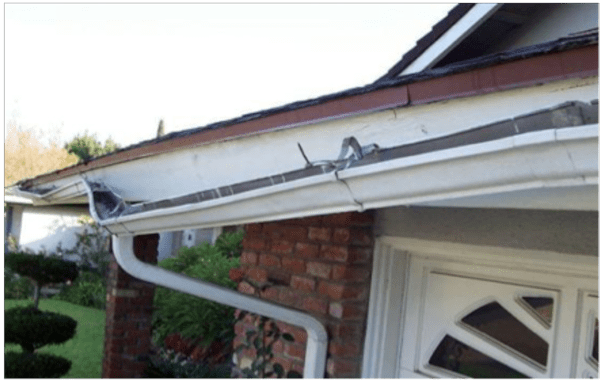
[/one_half][one_half_last]
3. Faulty fasteners
Often the reason an eavestrough could fall off or collapse is because of inadequate fasteners or the trough was not installed with a continuous fastener system. It could also happen due to a rotten fascia board which doesn’t provide the necessary, solid material behind the trough for any fasteners. In most cases simply putting in additional approved hangers will secure the eavestrough enough to keep this from happening but, sometimes it may need to be replaced altogether; consult with a professional.
[/one_half_last]
[one_half padding=”0 20px 0 0″]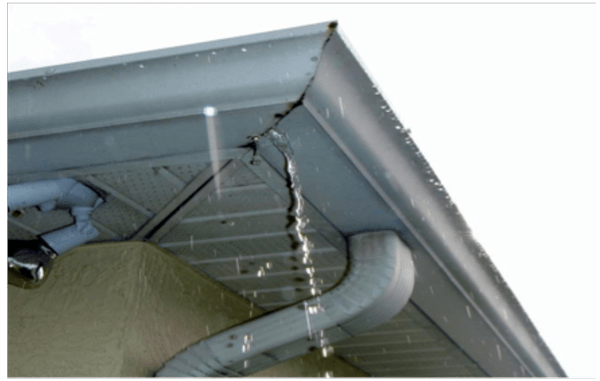
[/one_half][one_half_last]
4. Holes and cracks.
With steel gutters, often holes are created with rust. With the standard aluminum, expansion and contraction can wear out the caulking and leave a crack, typically on the corners. In mild cases, you may be able to extend the life of your trough by re-caulking these holes or cracks but, often it may need to be replaced altogether. Again, a professional can advise you on what’s best for you.
[/one_half_last]
[one_half padding=”0 20px 0 0″]
[/one_half][one_half_last]
5. Not enough slope
If you know your eavestroughs are not clogged and the water stays in your trough after a rainstorm, then there may not be enough slope for the water to drain fast enough. There should be at least ¼ inch for every 10 ft. Even if it may not be overflowing, that stagnant water can make the task of cleaning out leaves that much worse, as well as shorten the lifespan of your eavestoughs.
Regardless of your situation, it is always worth it to have a professional come out and offer a solution even if you choose to do it yourself. The most important thing is that you protect your home.
[/one_half_last]

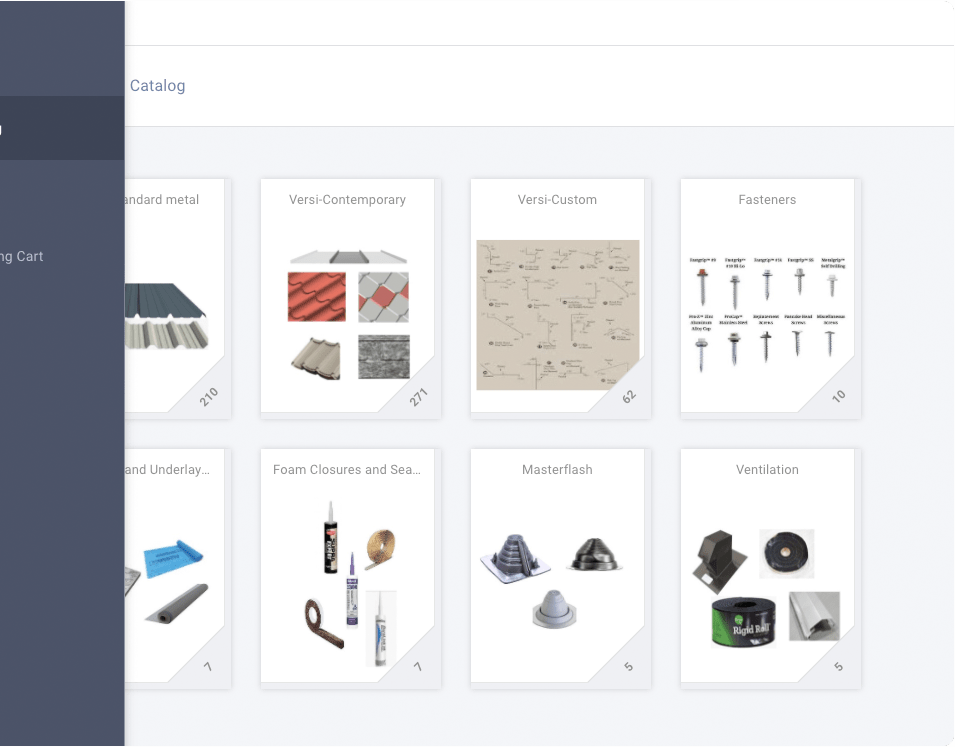

Share This Article
Choose Your Platform: Facebook Twitter Google Plus Linkedin